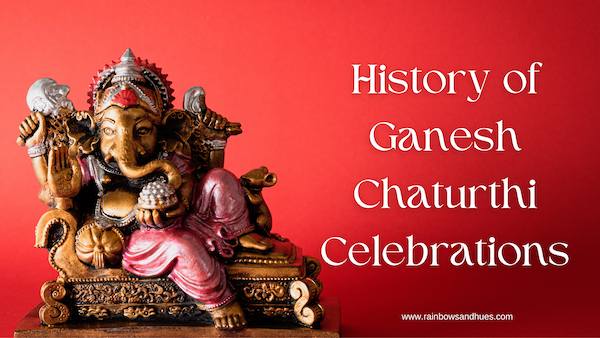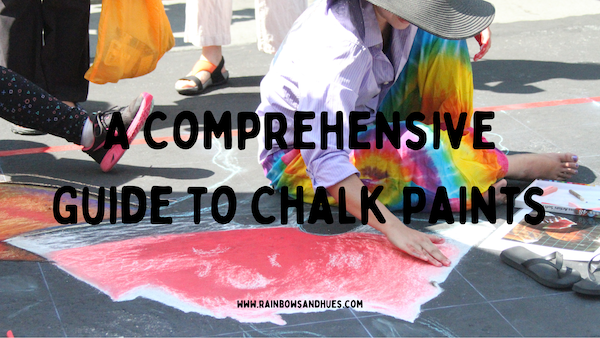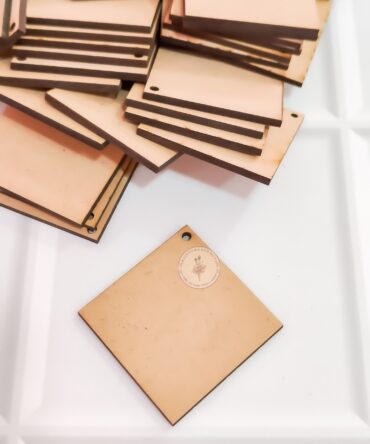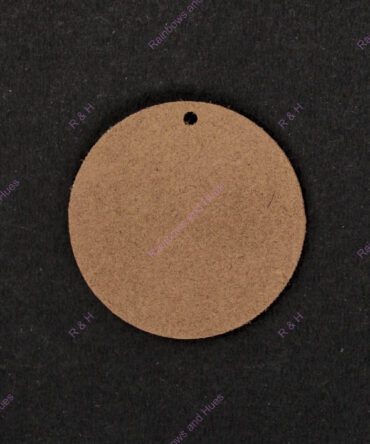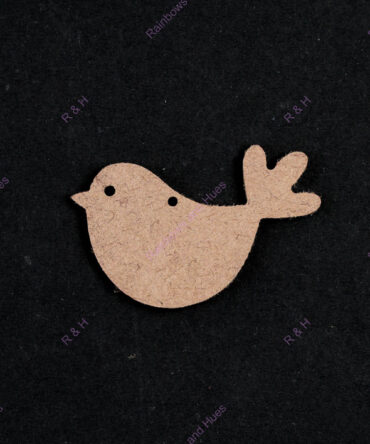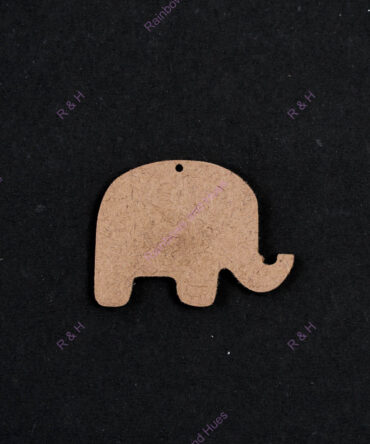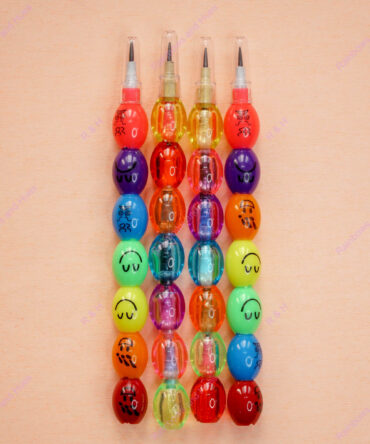Ganesh Chaturthi, also known as Vinayaka Chaturthi, is one of the most celebrated Hindu festivals in India. It honours Lord Ganesha, the elephant-headed deity of wisdom, prosperity, and good fortune. The history of Ganesh Chaturthi dates back to ancient times, but the grand-scale public celebrations, including the setup of Ganesh Pandals and immersion processions, have evolved over the years.
Also Read: Understanding Art Papers – 3 [Sketch Papers]
The festival’s origins can be traced to Maharashtra, where it was popularized by Chhatrapati Shivaji Maharaj in the 17th century. However, references to Ganesha worship can be found in various Hindu scriptures dating back thousands of years.
In earlier times, Ganesh Chaturthi was primarily a private and domestic affair. Families would bring small idols of Lord Ganesha into their homes, offer prayers, and perform traditional rituals. The celebrations were more subdued compared to today’s grand public processions.
Also Read: Understanding Art Papers – 2 [Watercolour Painting Paper]
Ganesh Chaturthi has a rich history that blends ancient religious traditions with more recent public celebrations. The festival has evolved over time, becoming a prominent cultural and religious event in India, known for its vibrant Pandals and enthusiastic devotees. It continues to be a significant part of Indian heritage, celebrating Lord Ganesha and promoting unity and cultural identity.
During the British colonial era, public gatherings and festivities were discouraged, and Ganesh Chaturthi celebrations were somewhat subdued. However, the festival continued to be observed in homes and temples.
Also Read: Understanding Art Papers – 1
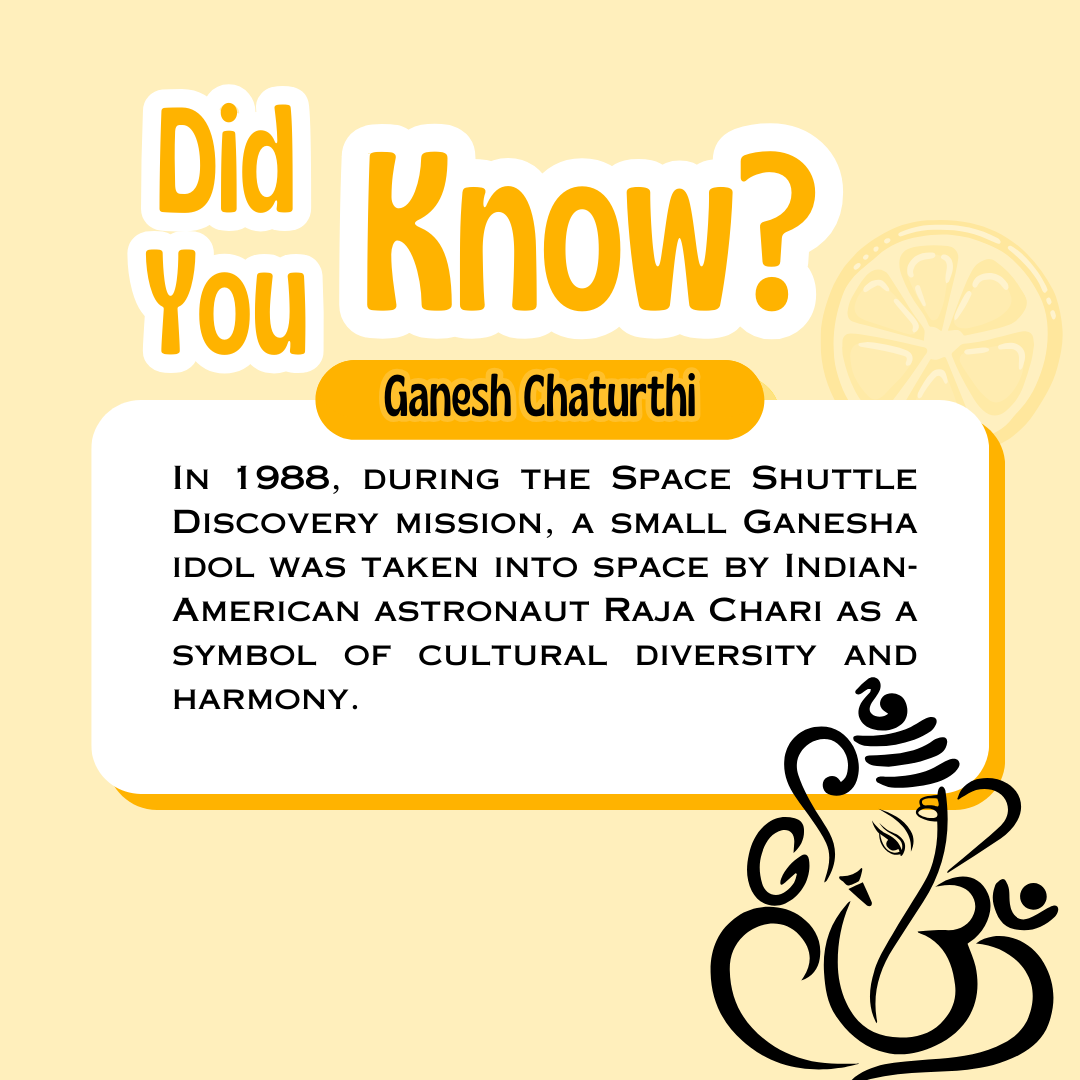
Bal Gangadhar Tilak and Ganesh Chaturthi
Ganesh Chaturthi celebrations, as we know them today, were indeed popularized and promoted by Bal Gangadhar Tilak, a prominent Indian freedom fighter and social reformer. Here’s more information about his role in the public celebration of Ganesh Chaturthi:
Historical Context
During the late 19th and early 20th centuries, India was under British colonial rule. The British colonial government had imposed strict restrictions on public gatherings and assemblies to prevent political uprisings and suppress nationalist movements.
Tilak’s Vision
Bal Gangadhar Tilak recognized the need for a unifying platform that would bring Indians together, transcending regional, linguistic, and cultural differences. He saw Ganesh Chaturthi as an ideal opportunity to achieve this.
Promotion of Public Celebrations
Tilak encouraged and popularized the idea of celebrating Ganesh Chaturthi on a grand scale in public places. He believed that by organizing these public celebrations, he could create a sense of unity and inspire patriotism among the masses.
Sarvajanik Ganeshotsav
Tilak’s efforts led to the establishment of the “Sarvajanik Ganeshotsav” or public Ganesh festival, where large idols of Lord Ganesha were installed in public Pandals (temporary structures). These Pandals became focal points for cultural, social, and political gatherings.
Nationalistic Element
Tilak infused a nationalistic spirit into the festival. He used the occasion to spread awareness about the freedom struggle and promote the idea of Swaraj (self-rule). He saw Lord Ganesha as a symbol of unity and strength for the Indian people.
Cultural and Social Impact
Under Tilak’s guidance, Ganesh Chaturthi celebrations became a platform for cultural and social activities, including music, dance, plays, and speeches. It fostered a sense of community and provided a space for people to come together.
Legacy
Bal Gangadhar Tilak’s efforts in popularizing public Ganesh Chaturthi celebrations had a profound and lasting impact. His vision of using the festival to promote unity and patriotism contributed significantly to India’s struggle for independence.
The Evolution of Ganesh Idols
The evolution of Ganesh idols reflects the changing dynamics of Indian society, culture, and environmental awareness. From humble, traditional clay idols used for private worship, Ganesh idols have transformed into large, artistic, and often eco-conscious creations that play a central role in public celebrations.
Also Read: Influence of Women on Artists
Earlier Ganesh Idols (Traditional and Simple):
- Materials: In the past, Ganesh idols were typically crafted from simple materials like clay or natural mud. These materials symbolized the impermanence of life and the cyclical nature of creation and destruction.
- Size: Early idols were relatively small, usually a few inches to a foot in height. They were designed to be placed in homes and temples for private worship.
- Artistic Style: The artistic style of earlier Ganesh idols was relatively modest and traditional. The emphasis was on religious symbolism rather than elaborate decoration.Also Read: The Art Of Making Kites
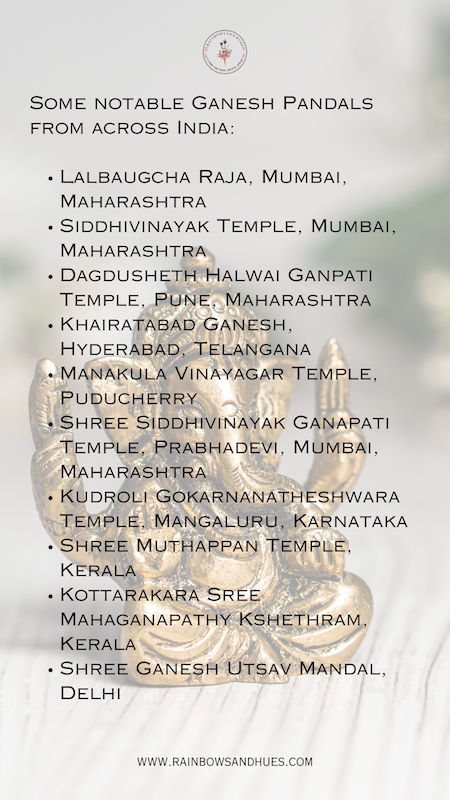
Transformation Over the Decades:
Introduction of Plaster of Paris (PoP)
One significant change occurred with the introduction of Plaster of Paris (PoP) idols in the mid-20th century. PoP allowed for greater artistic freedom and detailed designs, resulting in larger and more intricately crafted idols.
Larger and More Elaborate Idols
With PoP, the size of Ganesh idols increased significantly. They could now range from a few feet to several meters in height. Artists began creating more lifelike and ornate idols with vibrant colours.
Environmental Concerns
As the popularity of PoP idols grew, concerns about environmental damage also surfaced. PoP is non-biodegradable and can pollute water bodies when immersed during the Visarjan (immersion) process. This led to a shift in awareness about eco-friendly alternatives.
Return to Traditional Materials
In response to environmental concerns, there has been a resurgence of idols made from traditional clay or mud. These eco-friendly idols have gained popularity in recent years as people seek more sustainable and environmentally responsible options.
Artistic Diversity
Today, Ganesh idols come in a wide variety of artistic styles, reflecting regional and cultural diversity. Some idols are traditional and simple, while others are highly ornate and innovative, often incorporating different themes and materials.
Innovation and Fusion
Contemporary artists and artisans often experiment with materials such as paper mache, metals, wood, and even recycled materials to create unique Ganesh idols. Fusion idols that blend traditional elements with modern designs have also become popular.
Customization
Idols can be customized to suit the preferences of devotees. People choose idols based on size, posture, symbolism, and aesthetic appeal.
Khairatabad Ganesh
This is an iconic and colossal idol of Lord Ganesha erected annually in Khairatabad, Hyderabad, India. This mammoth creation stands as a symbol of devotion and grandeur during the Hindu festival of Ganesh Chaturthi. Typically reaching heights of over 50 feet, the idol is a marvel of artistry and craftsmanship. Skilled artisans meticulously craft the structure using clay and various decorative elements. Devotees from far and wide flock to witness the spectacular idol, seeking the blessings of Lord Ganesha for prosperity and success. The immersion procession, marking the conclusion of the festival, is a massive and vibrant affair, attracting thousands of participants and spectators alike. Khairatabad Ganesh embodies the spirit of devotion, community, and cultural celebration.
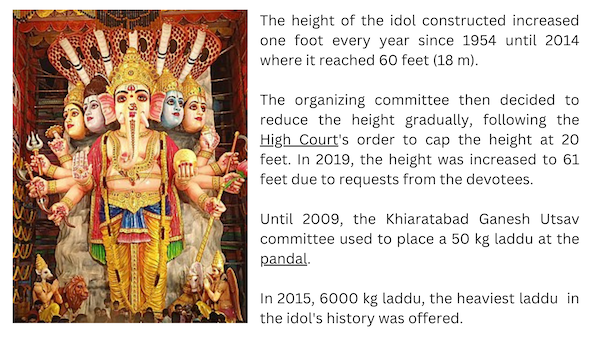
Also Read: The Folk Art Of Nathdwara – Pichhwai
The shift toward eco-friendly idols and a return to traditional materials like clay demonstrates a growing concern for environmental sustainability and a desire to preserve the essence of the festival. Overall, Ganesh idols have evolved as a dynamic and culturally significant aspect of Ganesh Chaturthi celebrations, adapting to the values and sensibilities of each era while maintaining their spiritual significance.
***
Hop over to our website www.rainbowsandhues.com to buy premium quality paintbrushes and colors! Follow @rainbowsandhues on Instagram to get regular information on new products and deals!

